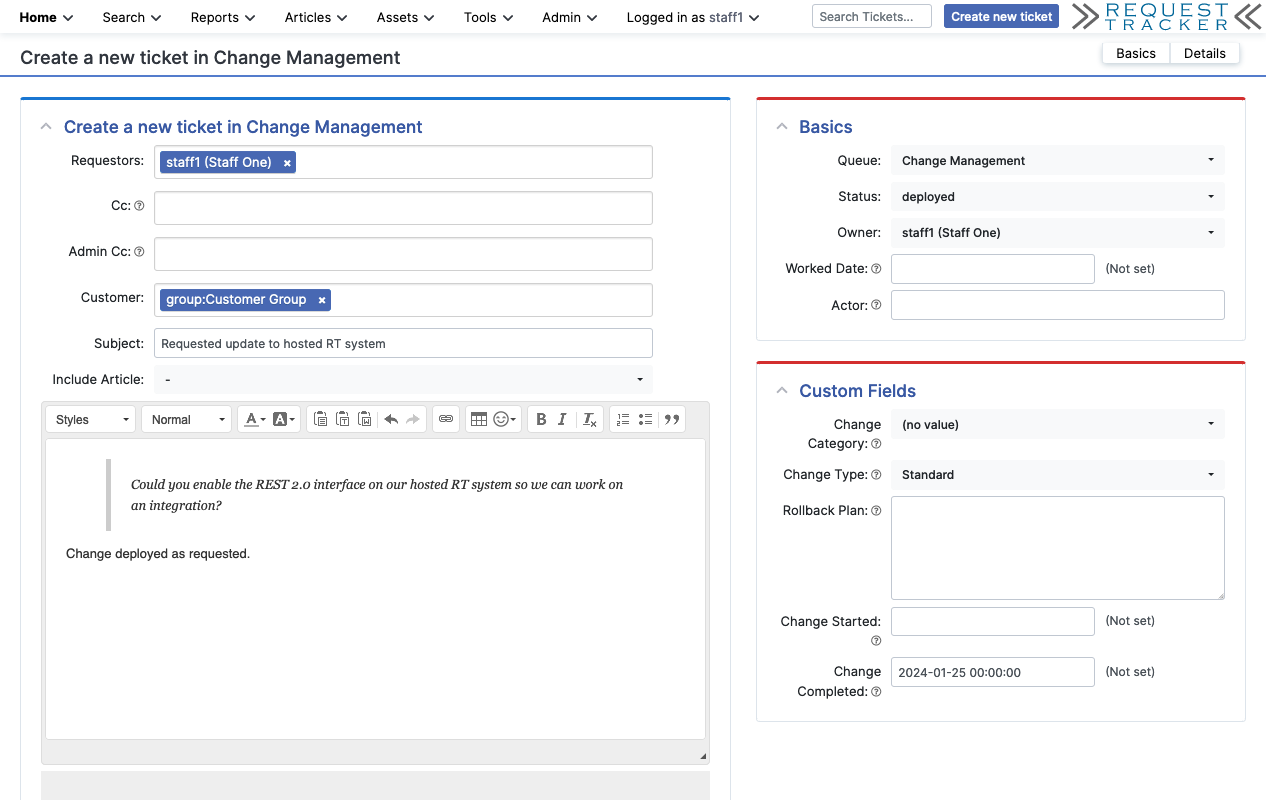Image of Williams Racing F1 car by Adriaan Greyling on Pexels.
In the high-octane world of Formula 1 racing, every detail counts. From aerodynamics to engine performance, teams strive for perfection in every aspect of their cars' design and construction. But Ars Technica tells the story of a Formula 1 team reaching the limits of MS Excel as a system to track their massive parts inventory.
This story got us thinking, RT's asset tracking system could help handle their challenges, and the process shouldn't be "viciously expensive".
The Excel Challenge
As described in the article, the Formula 1 team's massive parts list (over 20,000 rows!) pushed past the limitations of Excel when it came to tracking and managing their assets. With thousands of parts to monitor and coordinate, Excel workbooks can quickly become cumbersome and inefficient. Even simple details like the current state of a part (backordered, inspected, etc.) could not be easily determined.
How RT Could Rev Up the System
By transitioning from Excel to Request Tracker for asset tracking, Formula 1 teams could unlock a wealth of benefits, including:
Using configurable asset lifecycles, asset status and availability are immediately available
Multiple Catalogs can be used to track different categories of parts, each with its own lifecycle and metadata
Work and tasks associated with parts can be tracked on linked tickets
Enhanced collaboration and communication among team members as everyone can work in the system at the same time
Gaining insights using asset search, reporting, and dashboards
Improved decision-making through data-driven insights
Plus, all changes are tracked and audited so you know what updates have been made, when, and by which logged in user.
Seamless Data Migration with the RT Asset Importer
One of the key concerns when transitioning from Excel to a new asset tracking system like Request Tracker (RT) is the seamless transfer of existing data. Fortunately, RT offers a powerful solution for this challenge: the RT-Extension-Assets-Import-CSV extension.
The RT-Extension-Assets-Import-CSV extension enables teams to effortlessly import asset data from Excel spreadsheets into RT's centralized platform. You export your Excel spreadsheet in the CSV format, set up your RT assets with all of the fields you want to capture from the spreadsheet, then configure the extension to map the Excel columns to asset fields. Then you run the utility and all of your data is imported into RT.
Benefits of Automated Import
Automating the import process offers several benefits:
Time Savings: By eliminating manual data entry tasks, teams can save valuable time and resources during the transition process.
Accuracy: The automated import process reduces the risk of human error associated with manual data entry, ensuring that asset information is transferred accurately.
Efficiency: Teams can quickly onboard existing asset data into RT, allowing them to leverage the platform's features and functionalities without delay.
Scalability: The extension supports the import of large volumes of asset data, making it suitable for teams of all sizes and asset inventories.
RT is Ready to Join the Pit Crew
In the fast-paced world of Formula 1 racing, every advantage counts. With Request Tracker, we think teams could accelerate their journey towards efficiency and performance excellence. By harnessing the power of RT's asset tracking system and the RT-Extension-Assets-Import-CSV extension, Formula 1 teams can seamlessly migrate their asset data, streamline workflows, and drive towards victory on the track.
If anyone at the Williams team is still looking for a solution, we'd be happy to give you a test drive.

















